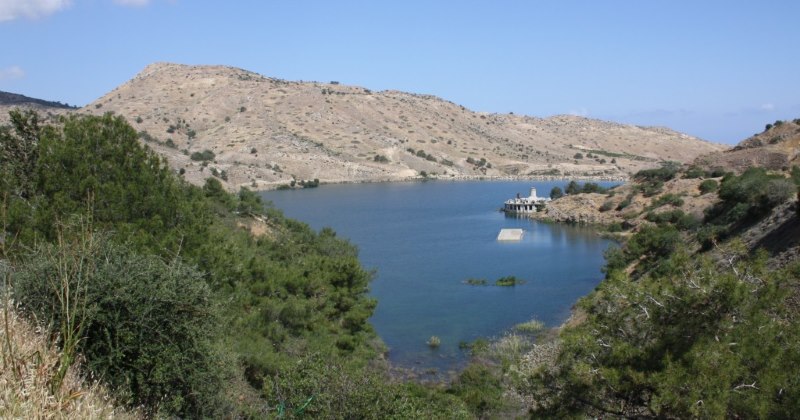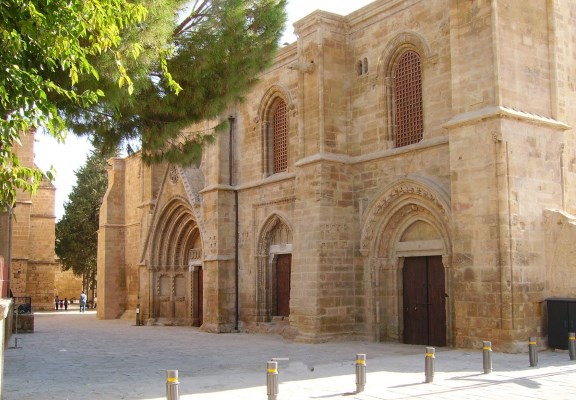Bellapais Village
Bellapais Abbey
25 October, 2009Famagusta
25 October, 2009
- Bellapais Village | Kyrenia
Bellapais village grew up around the abbey after which it is named. Nestled in the lower slopes of the mountain range directly above the village of Ozankoy, to the east of Kyrenia, it was until 1974 predominantly inhabited by Greek Cypriots. There were a mere handful of expatriate British in residence and these tended to be ex-colonials or those working in Cyprus for the British Government.
The village as we see it today is very different from that of the 1950’s when there was virtually no motorised transport and everything was brought in by donkey, with well laden panniers, up the old crusader path from Kyrenia via Ozankoy. There was not the good road that is in use today, there was no tourism providing much needed financial support, and most of the people earned their living from simply tending their sheep and goats. They made cheese and yoghurt, picked the olives, and harvested carob and citrus during the fruiting season. However that does not mean that Bellapais has been totally devoid of visitors in the past centuries. It has long provided inspiration for artists and writers. Among them, Alexander Drummond sketched the abbey for inclusion in his “Travels through different cities of Germany, Italy, Greece etc.”, published in 1754, and there are some exquisite watercolours of the abbey executed by Louis Francois Cassas in 1785. Of the writers associated with Cyprus and Bellapais, the best known is most probably Lawrence Durrell who lived in Cyprus in the mid-fifties. His retrospective memoir, “Bitter Lemons”* published in 1957, tells of his time in Cyprus, the buying of his house (to be found almost at the top of the main street that goes up through the village), the characters he encountered and what village life was like in the time of the unrest between the Cypriot people.
There is still the “Tree of Idleness” that Durrell refers to, not the tree by the café of the same name, that is a Japanese Pagoda tree (Sophora japonica), not native to Cyprus, but the old mulberry tree where the village elders drink their coffee, forever idle in the gentle ambience of the abbey. Certainly, during the time Durrell was here, a Greek Cypriot called Dimitri ran the coffee shop, and the tree that shades its terrace was definitely the “Tree of Idleness”, now the landlord is a Turkish Cypriot called Refet. However the tree remains the same, with the incongruous grafting of a fig branch into the main trunk, it is unmissable on route to the abbey ticket office.
During the 1950’s the internationally renown photographer Reno Wideson issued a book of Cyprus photographs. There is one in particular with a small group of Cypriots sitting outside Dimitri’s café under the mulberry tree with the abbey in the background. It is titled “The Tree of Idleness – Bellapais”, and so it still is.
It is well worth taking the time to explore the village as a whole rather than just visit it to see the abbey. There are many fascinating narrow streets, festooned with multicoloured bougainvillea and heavily scented jasmine. There are old houses that have crumbled over the last thirty five years, and olive mills that have fallen into disuse. There is however, much charm in the overall picture for many of the old dwellings have been lovingly restored and there are unexpected delights round every corner. Nearly all the small streets will return to the centre of the village where there are plenty of cafes and restaurants to refresh the thirsty walker.
* reissued as “Bitter Lemons of Cyprus”




